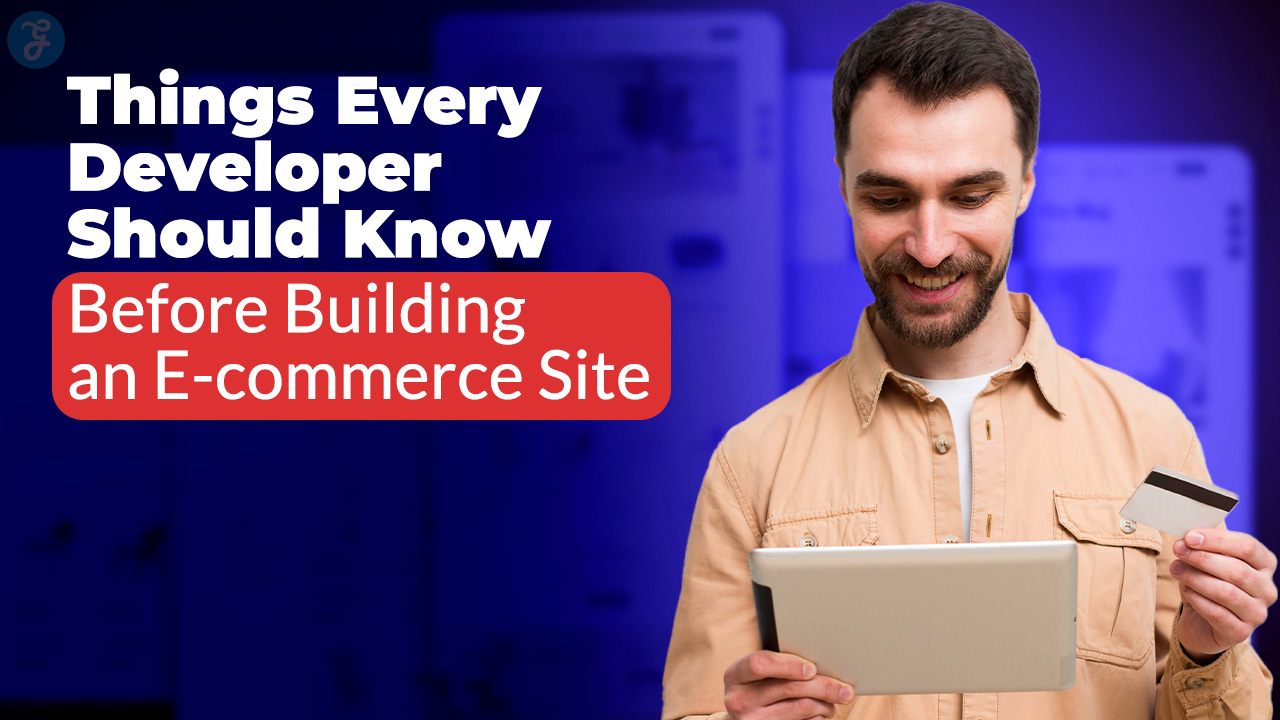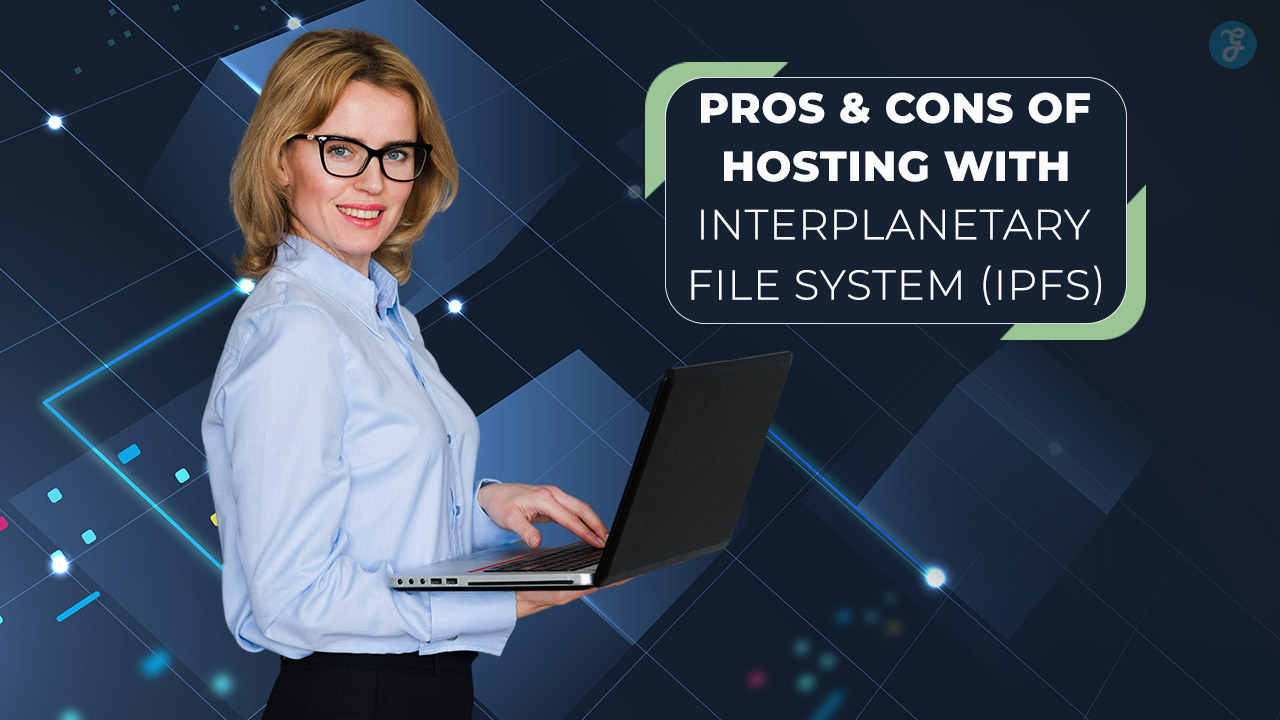Implementing a new software-as-a-service (SaaS) solution can bring significant advantages to your business, such as increased efficiency, scalability, and cost savings.
However, successful implementation requires careful planning, execution, and follow-up to ensure that your organization maximizes the benefits of the new tool.
Here, we provide a comprehensive guide detailing the 20 steps necessary for the smooth deployment and integration of a SaaS solution, from initial planning to post-launch optimization.
20 Steps to Implement a New SaaS Solution Successfully
Let’s take a look at these.
1. Define Clear Objectives and Goals
Before selecting a SaaS solution, it’s essential to understand what your business aims to achieve. Are you looking to streamline workflows, reduce costs, or improve customer service?
Clearly defining your objectives ensures that the SaaS solution aligns with your business goals. This step lays the foundation for a successful implementation, as it helps you select the right tool that addresses your specific pain points.
Set Measurable Goals
Set SMART goals—Specific, Measurable, Achievable, Relevant, and Time-bound—to track the success of the SaaS implementation.
For example, you might aim to reduce customer response times by 20% within the first six months of using a new CRM tool. These metrics will guide the entire implementation process.
2. Conduct Thorough Research
With your goals in mind, research the various SaaS solutions available in the market. Compare features, pricing models, and customer reviews.
It’s important to consider how well each solution fits within your existing infrastructure, the level of support offered, and the scalability of the tool. For example, if you anticipate business growth, opt for a solution that can scale with your needs.
Involve Key Stakeholders
Involve department heads and end-users in the research phase to gather input on the specific features they need. A solution that fits the technical requirements but doesn’t meet the practical needs of the team could lead to underutilization.
3. Choose the Right Vendor
When choosing a SaaS provider, look beyond the product and assess the vendor’s reliability. Check customer testimonials, case studies, and third-party reviews to evaluate their track record.
You should also assess the vendor’s financial stability and long-term support capabilities to ensure they’ll be around to support your growing needs.
Consider Customer Support and Service Level Agreements (SLAs)
Look for vendors that offer strong customer support, including 24/7 availability, dedicated account managers, and a clear SLA.
The SLA should define the vendor’s uptime guarantees, response times for support tickets, and procedures for handling service disruptions.
4. Perform a Needs Assessment
Before implementing a new SaaS solution, assess your current processes and identify any gaps the new software will need to address.
For example, if you’re implementing a project management tool, analyze how your team currently manages tasks, communicates, and tracks progress. Understanding the shortcomings in your existing system will help you pinpoint the features and functionalities the new solution should provide.
Align with Business Objectives
Ensure that the solution addresses not only your technical requirements but also aligns with your broader business goals.
For instance, if your objective is to improve team collaboration, the solution should have features like shared dashboards, real-time updates, and seamless integration with other communication tools.
5. Establish a Budget
While SaaS solutions are typically more affordable than traditional software, it’s essential to consider all related costs.
These may include integration expenses, customization fees, training costs, and ongoing support. Make sure your budget accounts for these additional expenses so you can avoid surprises down the line.
Compare Pricing Models
Different SaaS providers offer various pricing models—subscription-based, usage-based, or tiered pricing. Ensure that the pricing model fits your business needs and that you won’t face unforeseen costs if your usage scales over time.
6. Involve Key Stakeholders Early
Successful SaaS implementation depends on buy-in from both leadership and end-users. Ensure that you involve department heads and key stakeholders in the planning phase to align expectations.
Their input will also help identify essential features and ensure the SaaS tool aligns with team workflows.
Define Responsibilities
Clearly define roles and responsibilities for the implementation process. Assign a project manager to oversee the deployment and designate individuals responsible for data migration, testing, and training.
7. Plan the Implementation Timeline
Once the vendor is chosen and key stakeholders are involved, it’s time to create an implementation timeline. Set realistic deadlines for each phase of the implementation, including installation, data migration, testing, and training.
Factor in the complexity of the solution and the availability of resources, ensuring that deadlines are achievable without compromising quality.
Use Milestones for Progress Tracking
Break down the project into smaller tasks with milestones to track progress. This allows you to identify any delays early and adjust the timeline as needed. Project management tools can help visualize timelines and dependencies.
8. Prepare for Data Migration
If the SaaS solution will replace an existing system, plan for the migration of your current data. Ensure you understand the structure and format of the data in the new system and compare it to your existing data formats.
This will help you create a comprehensive data mapping strategy that ensures all data is transferred correctly.
Perform Data Cleanup
Before migrating data to the new SaaS platform, clean your existing data. Remove duplicates, outdated records, and irrelevant information. A clean dataset will streamline migration and improve the accuracy of your new system.
9. Integrate with Existing Systems
Most businesses rely on multiple software solutions that need to work together. For example, your new SaaS solution might need to integrate with an existing CRM system, payroll software, or analytics tools.
Identify your integration needs early and ensure that the SaaS provider offers the necessary API support and third-party tool compatibility.
Test Integration Thoroughly
Test each integration to ensure smooth data flow between systems. Any integration issues can create data silos or workflow bottlenecks, so address these problems during the testing phase.
10. Customize the Solution to Fit Your Needs
SaaS solutions often come with customizable features. Take advantage of these to tailor the software to your business needs. Customize dashboards, notifications, workflows, and user roles to ensure the tool enhances productivity rather than forcing your team to adapt to a rigid setup.
Collaborate with the Vendor on Custom Features
If the SaaS tool requires specific features not available out-of-the-box, collaborate with the vendor to explore customization options. Many providers offer premium packages that include tailored configurations to meet unique business requirements.
11. Conduct User Acceptance Testing (UAT)
User Acceptance Testing (UAT) is a critical step in SaaS implementation. Involve actual end-users in this testing phase to ensure that the software works as expected in real-world scenarios.
Their feedback will be invaluable in identifying potential issues that might not be obvious during the setup.
Identify and Resolve Bugs
During UAT, encourage users to test all features and functionalities. Identify bugs or issues that need resolution before the official launch. This process ensures a smoother transition post-launch and helps avoid any significant disruptions.
12. Provide Comprehensive Training
Comprehensive training is essential to ensure that all users are comfortable with the new SaaS solution.
Arrange training sessions tailored to different user roles—administrators, managers, and frontline employees. Training should cover basic functionality, advanced features, and troubleshooting tips.
Create Training Resources
Beyond initial training sessions, provide users with on-demand resources such as video tutorials, user manuals, and FAQ guides. These resources can help users familiarize themselves with the software at their own pace and serve as reference material after the implementation.
13. Implement Security Protocols
Security is a critical concern when implementing a new SaaS solution. Set up user permissions and access controls to restrict sensitive information to authorized personnel only.
Ensure that your SaaS vendor follows industry-standard encryption and data protection practices to safeguard your data.
Conduct Security Audits
Run a thorough security audit before launch to identify any vulnerabilities. Test the system’s defenses against potential threats such as data breaches, hacking attempts, or unauthorized access. Partner with your SaaS vendor to ensure they’re complying with GDPR or other relevant regulatory standards.
14. Communicate the Rollout Plan
As you near the implementation phase, ensure clear communication about the rollout plan. Notify all stakeholders and users of important dates, training sessions, and what to expect during the transition. Clear communication reduces confusion and prepares everyone for the upcoming changes.
Plan for Contingencies
Ensure you have a contingency plan in place in case of unexpected issues during the rollout. For example, have backup resources and support available to address any glitches or downtime that may arise during the deployment process.
15. Launch the SaaS Solution
Before fully rolling out the SaaS solution, consider doing a soft launch to a smaller group of users. This allows you to identify any final issues and fine-tune the system before introducing it to the entire organization
Monitor Performance and Address Issues
During the soft launch, monitor the system’s performance closely, paying attention to any bugs, latency issues, or integration problems. Collect feedback from users in this group to identify areas that need improvement. Address any issues promptly to ensure a smoother full rollout.
16. Execute the Full Rollout
When executing the full rollout, consider doing it in phases rather than launching all at once. For larger organizations, this phased approach allows you to focus on specific departments or teams, ensuring any issues can be resolved before moving on to the next group.
A phased rollout reduces the risk of overwhelming the IT team or encountering widespread problems that impact the entire organization.
Monitor Key Metrics Post-Launch
During the full rollout, keep a close eye on performance metrics such as system uptime, load times, and user activity. These metrics will help you measure the success of the launch and ensure that the SaaS solution is meeting your business objectives.
17. Provide Ongoing Support
Even after the SaaS solution is fully launched, users may encounter difficulties or need help learning advanced features.
Establish a dedicated support team to handle ongoing user inquiries, technical issues, and troubleshooting. This could include an internal IT team or the vendor’s customer support, depending on your agreement with the provider.
Offer Continuous Training
Beyond the initial training sessions, continue offering periodic refresher courses and advanced training for users as they become more familiar with the SaaS platform. Regular training helps users make the most of the software, increases adoption, and ensures long-term success.
18. Measure Success and ROI
Once the SaaS solution is in place, measure its success by tracking relevant KPIs, such as increased productivity, cost savings, improved customer response times, and reduced operational bottlenecks.
These metrics will help you evaluate whether the solution is delivering the expected value to your organization.
Assess Return on Investment (ROI)
After several months, conduct a thorough assessment of the ROI. Compare the upfront implementation costs, such as the subscription fees, integration costs, and training expenses, against the financial gains achieved through improved efficiency, reduced errors, and enhanced customer satisfaction.
19. Collect Feedback from Users
One of the best ways to ensure long-term success with a SaaS solution is to continuously gather feedback from the end users.
Conduct surveys, hold feedback sessions, and establish open communication channels to collect user input on what’s working well and what can be improved. Regular feedback helps identify areas where additional training or system adjustments may be needed.
Use Feedback to Improve
Analyze the feedback to identify any recurring issues or challenges users face with the new SaaS solution.
Use this information to make necessary improvements, such as adding features, adjusting workflows, or providing more targeted support to ensure the solution continues to meet the business’s evolving needs.
20. Optimize and Scale the SaaS Solution
SaaS solutions often come with updates that introduce new features, security patches, and performance enhancements.
Ensure that your system is always running on the latest version of the software by regularly reviewing and applying updates. This will not only improve performance but also help you stay ahead of any security vulnerabilities.
Plan for Scalability
As your business grows, so will your need for additional resources. Ensure that the SaaS solution is capable of scaling with your business.
This could involve upgrading to a higher-tier plan, adding more users, or expanding server capacity. Scalable SaaS solutions allow businesses to continue benefiting from the software without major disruptions.
Conclusion: Ensure Long-Term Success with a Thoughtful SaaS Implementation
Implementing a new SaaS solution requires careful planning, collaboration, and continuous follow-up to ensure that it meets your business’s needs.
By following these 20 detailed steps, you can successfully launch and integrate a SaaS platform that improves efficiency, enhances user experience, and delivers a strong return on investment.
From defining clear objectives and involving key stakeholders to monitoring performance and scaling the solution over time, each step is crucial for ensuring a smooth transition and long-term success.
With the right strategy, your business can leverage SaaS technology to stay competitive and adapt to changing market demands, ultimately driving growth and innovation.










































